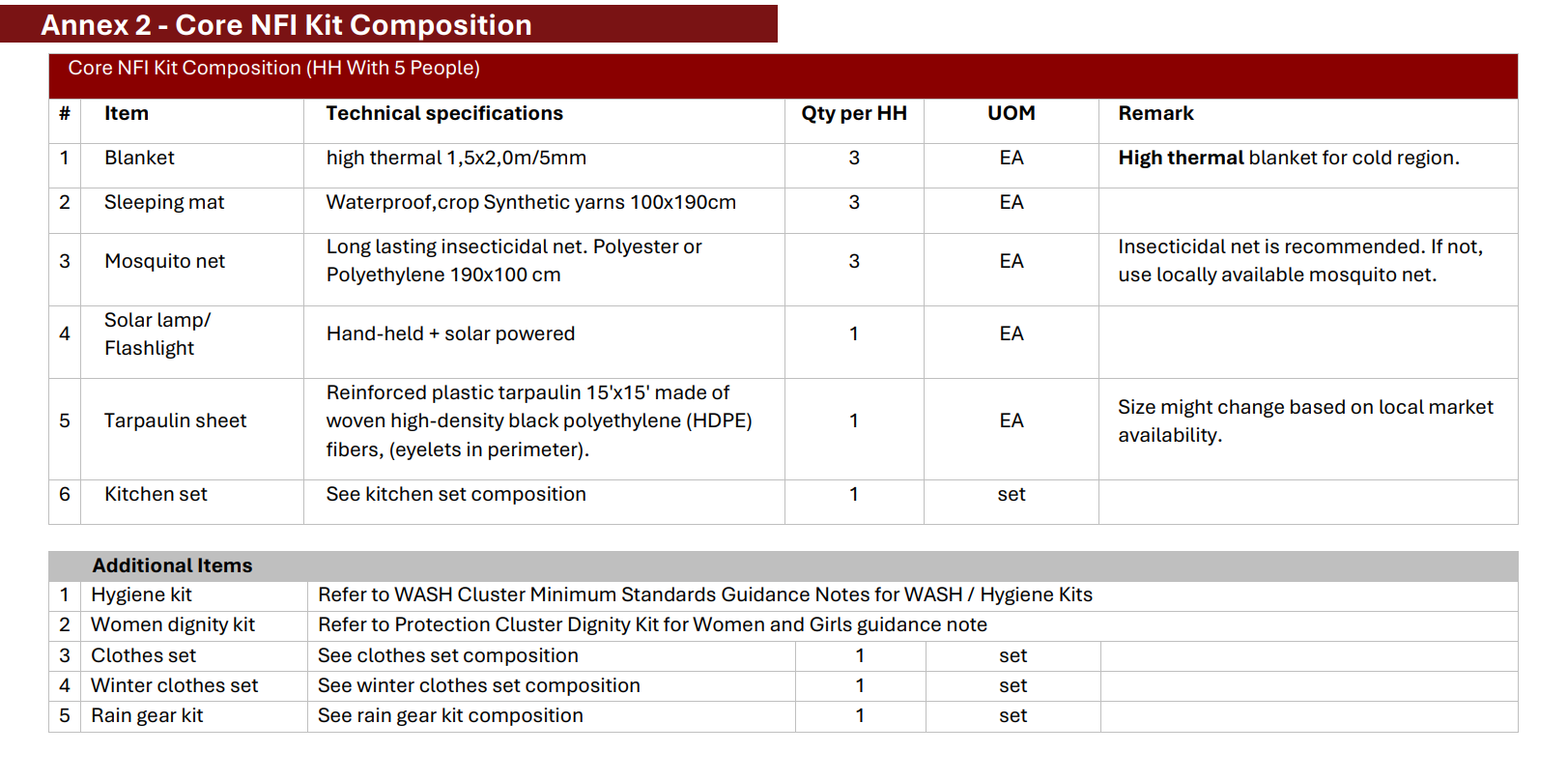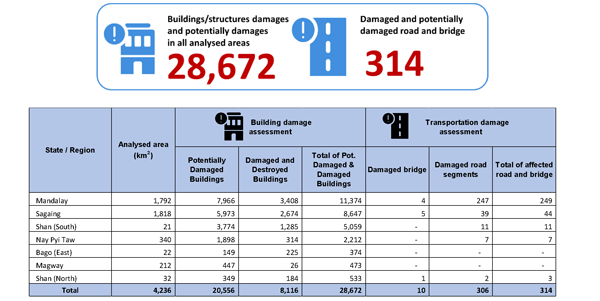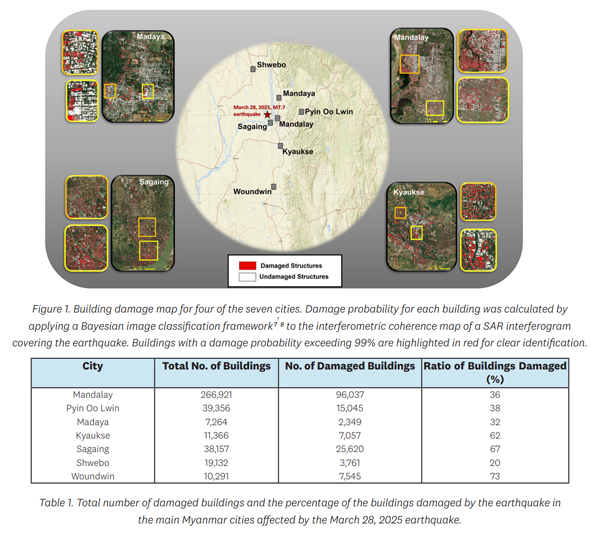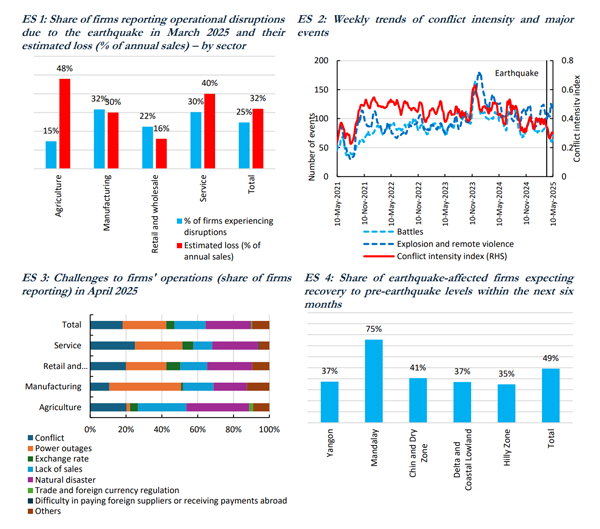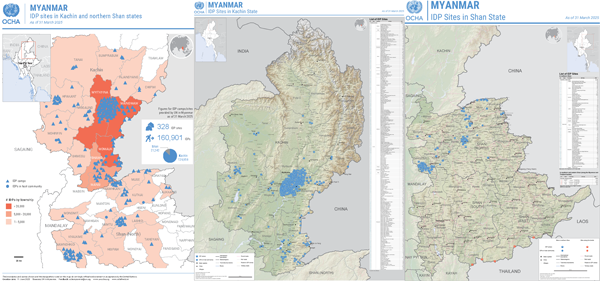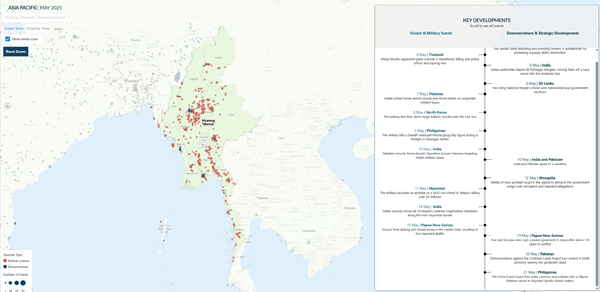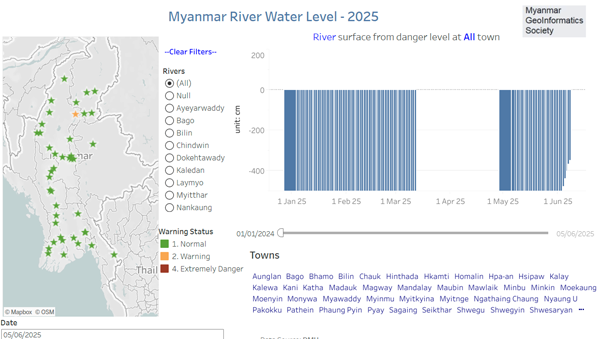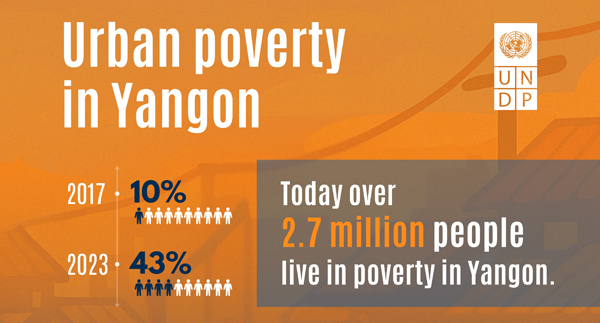For this round, 14 organizations have provided 29 new Assessments/Publications as of 10 June 2025, bringing the total to 2,633 records from 205 organizations. These are available through the MIMU Assessments & Publications Tracking Webpage. The updated MIMU Assessment Tracking Overview Dashboard will be released in coming weeks.
Thanks to all agencies for your active participation in this exercise.
You are more than welcome to provide updated info of your planned and ongoing assessment at any time online through the submission page (You will need an account and if do not have one, please contact us). Please consult the guideline if you need any assistance or feel free to reach out to us.

